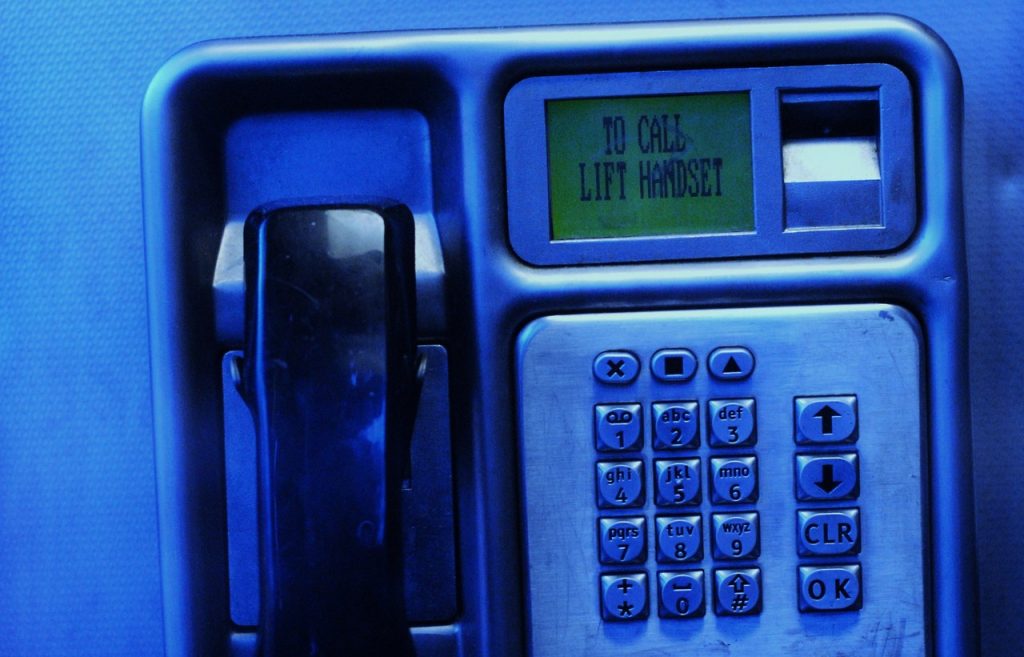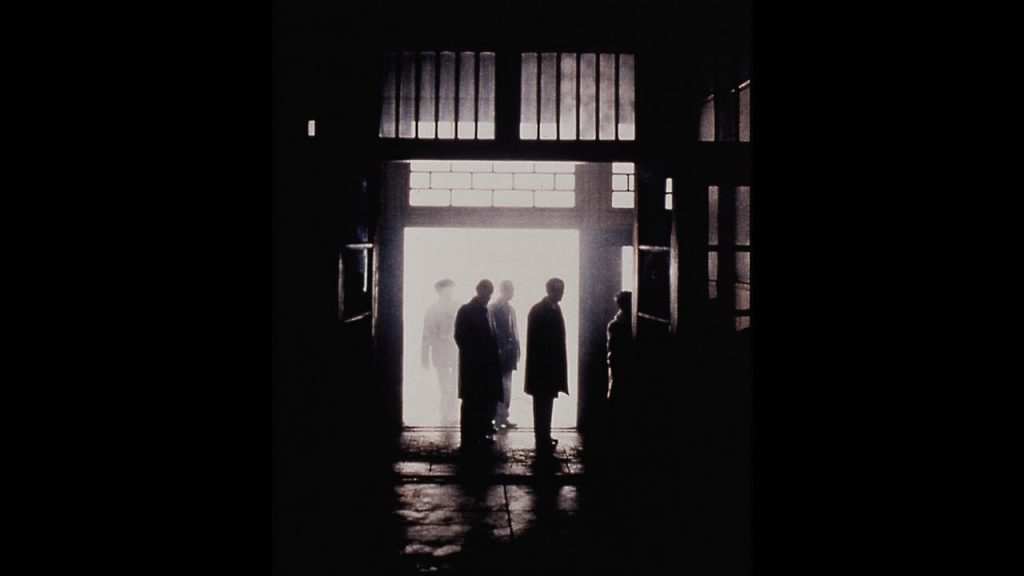For today’s Friday Favorite, I’m reposting a review of Peter Watts’ “Blindsight” (free to read online) that I wrote years ago, with a few updates. Wow, I used to write longer reviews back in the day …
“Blindsight” is a first contact story in a technologically advanced future, where humans have finally gone where they aren’t biologically meant to go, which is to say, they are generating and discovering more data than their brains and meat can handle. Cybernetically augmented people act as the conduit between the technology and the people. One of these augments is the protagonist, Siri Keeton, who had half his brain removed as a child, resulting in losing much of his capacity for emotions and empathy. As an adult, Siri specializes in interpreting incredibly high orders of data and patterns, thereby acting as a middleman between humankind’s incomprehensible technology and humankind itself.
Sidenote 1: this book was written in 2006, predating Apple’s Siri, but you could take it as an accidental prophecy.
Sidenote 2: I’m not super on board with how Watts talks about autism in this story. It’s not my place to talk about it, so I’ll point you to Ada Hoffman’s commentary.
One day in 2082, Earth is visited by a group of projectiles that flash over Earth and then vanish, leaving no clue behind. Siri is sent with a similarly enhanced five-man team towards the unknown, in order to investigate. The crew is incredibly complicated and interesting, all manifestations of the author (a professional marine biologist) exploring a number of neurology, biology, and cognitive science theories such as manufactured multiple personalities, sensory augmentation, and even resurrected vampires.
The first contact is a harrowing one, and as incredible discoveries about the aliens come to light, we find ourselves asking along with the protagonists the big question of the book: what good is consciousness? It’s a risky proposition for an audience that is only able to process the story through consciousness. The titular real-life condition of blindsight–in which a person with blindness resulting from brain damage to their visual processing center, can nevertheless respond to visual stimuli, such as catching an object that they are unable to see–is used to convey to us how it “feels” to be a creature with intelligence but no sentience. Uncoupling “intelligent responses” from “sentience” is an interesting move, because that is one enormous question of AI: at what point could humans make a sentient machine? Can we ever tell if it is a sentient machine, due to the fact that we can never see from the machine’s “mind”? “Blindsight” makes the argument that it doesn’t matter. “Blindsight” says: we don’t really know what thinking is, or what a soul is, or what it really means to be a sentient thing. Therefore the only logical response is to use the only measure we have of intelligence, which is that the entity is capable of learning, of pattern recognition, of improved performance, at which point this begins to sound very familiar to computer science folks.
Many people act as if the be-all end-all of machine learning, of making a “thinking machine”, necessarily ends in sentience. The hypothesis posed by “Blindsight” is that such a statement is being human-centric, perhaps even sentience-centric. Rather, it is entirely possible, and perhaps evolutionarily favorable, to become extremely intelligent without developing sentience. Such organisms would not so much think as calculate, sifting and gathering through patterns and then reacting. Living in the void of space as they have for ages, crunching the pure hard data of natural physics and mathematics, they have perfected themselves. But human data is infinitely messier, often purposeless, stuffed with what entertains a sentient mind but is meaningless to a data processor.
So–who’s going to win?
In the book, the reader is invited to “pretend you are Siri Keeton” and if you do so successfully, then you might end up rooting for the aliens made of pure data. And I actually did briefly, which is perhaps the highest praise a book like this can receive, and which is why I put this down as a favorite. I wouldn’t say it was a fantastic emotional experience reading this book, but as a conceptual exercise I found it incredibly well executed.
We never actually find out who ultimately wins–Siri isn’t there to see it–although he closes the story with a hypothesis … which I will not spoil, but which I disagree with.
The book (or Siri) posits pretty hard that humans are cognitively weaker than aliens made out of pure data, because we have the useless middleman of a consciousness slowing things down. Last I checked, humans have built some pretty spiffy machines that can crunch data at incredible speed, and in Blindsight it’s advanced beyond what we can imagine today. So I truly see no reason that humans are inherently disadvantaged.
I feel like the battle of the races in Siri’s mind is a metaphorical one, and ends the way that he–nearly an alien himself–finds the most comforting.
Then again, perhaps I’m doing the same thing. ¯\_(ツ)_/¯


